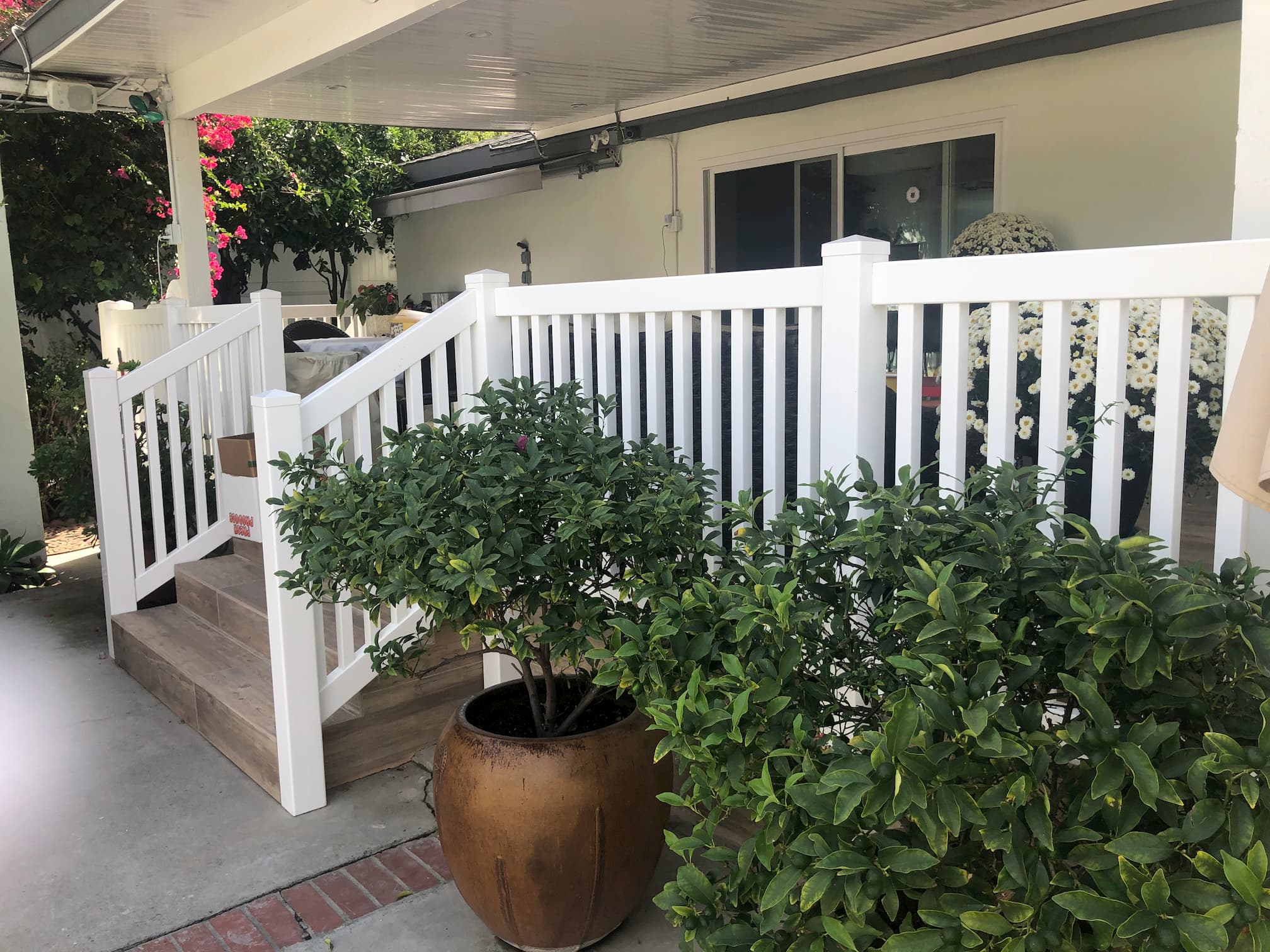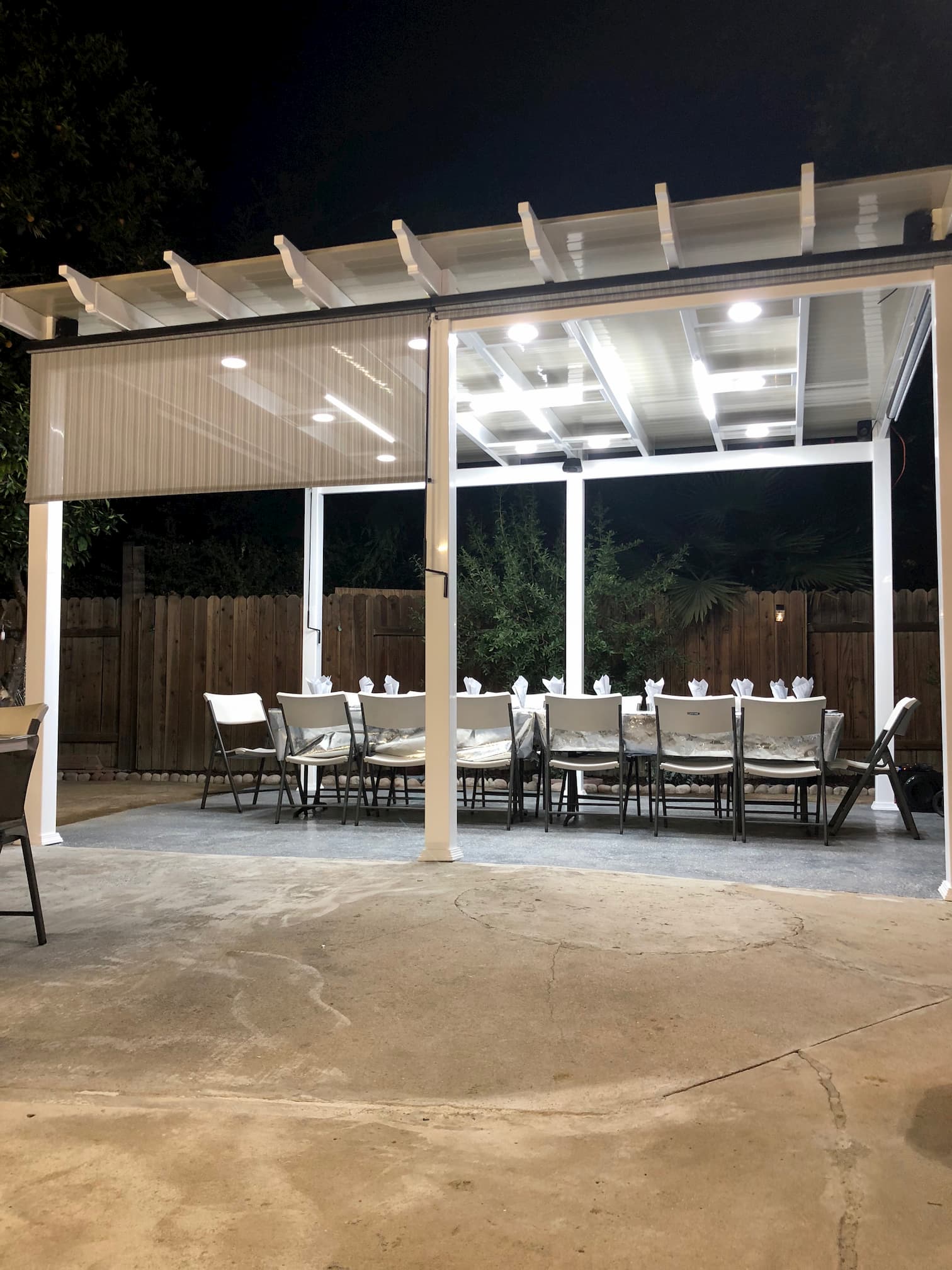Vinyl decking is becoming increasingly popular among homeowners in Los Angeles. It is an excellent…
Signs It Is Time To Repair Your Vinyl Fence
Some fence problems can be fixed with simple repairs. Let’s review common issues with a vinyl fence. While vinyl is a pretty maintenance-free fence option, some damage can occur, especially if your fence is subjected to the weight of heavy winter snows or hit by a vehicle, large piece of debris, or equipment.
The biggest threat to vinyl is cracking. To repair your vinyl fence, you have only one choice. If you see a crack in one of your vinyl fence panels, it’s best to replace the affected area. Depending on your fence, this could be an individual vinyl “picket,” or might be an entire section of fence panel between posts.
Maintaining your fence may also mean making careful choices about landscaping (growing vines on a fence may harm it) and checking your fence for damage regularly. By making small repairs when needed, you can extend the life of your fence so you don’t need to replace it.

Damage from Storms or Accidents
Storms can produce significant damage to every type of fencing. Wind, hail, and falling trees or branches are just some of the threats that can arise suddenly. Over the long term, excessive temperatures can also damage your fence. Depending on the location of your fence, your fence may also suffer sudden trauma from car crashes or backyard accidents involving children, pets, or machinery.
Contact Between the Fence and the Ground
A well-installed and maintained fence should show a slight and relatively even gap between its bottom section and the soil, mulch, or grass below it. If you notice this gap decreasing, becoming uneven, or disappearing, it could be a sign that the fence is becoming unstable.
Sometimes the fence itself isn’t the problem, though. Sometimes the ground shifts or soil and mulch gather near the bottom of the fence. Even these cases where the fence isn’t the problem can become a problem for your fence.
Discoloration
Wood, vinyl, or composite fences can show stains as mold develops. White vinyl fences, in particular, can develop a greenish tint due to algae growth. Fortunately, algae on vinyl fencing is mostly a cosmetic issue.
Noisy, Loose, or Broken Hinges
Even wood, vinyl, and composite fences include metal parts on gates and hinges. Without proper greasing, these hinges can become noisy. Many property owners choose to conduct this routine maintenance themselves.
A good fence adds value to your home. It offers protection. And it’s aesthetically pleasing.
However, good fences require good owners. You also have to know how much of the necessary fence repair work you can and want to do yourself.


